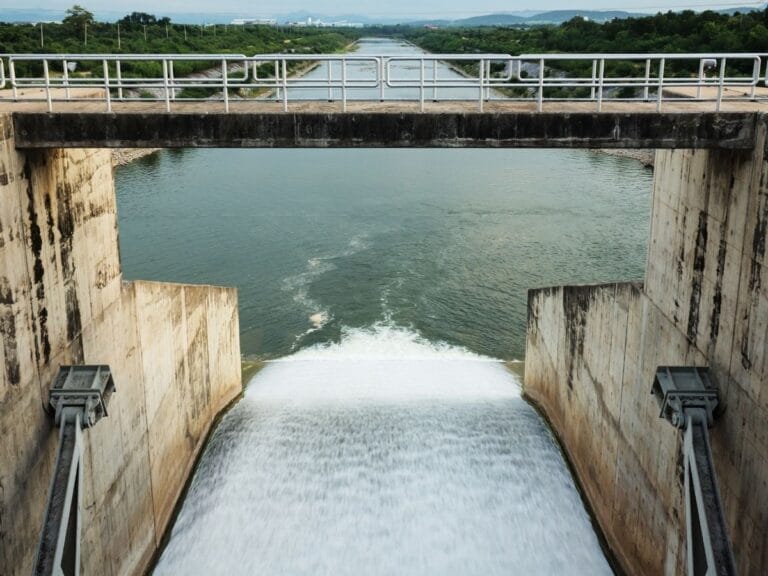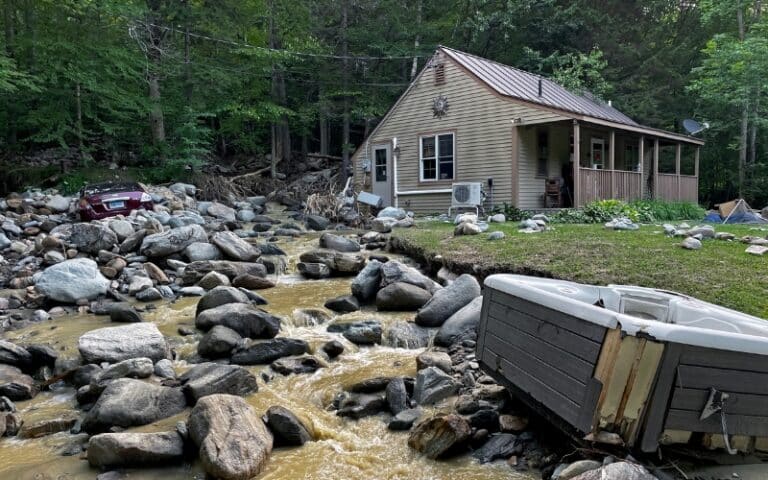More States to Receive BRIC, FMA Funding

FEMA has announced the final selection of projects for the Fiscal Year 2022 cycle for the Building Resilient Infrastructure and Communities (BRIC) and Flood Mitigation Assistance (FMA) grant programs. More than half the states receiving competitive funds are first-time recipients.
The August 28 announcement includes $1.8 billion for critical resilience projects funded by BRIC’s national competition and $642 million from FMA to address repetitive flood loss. These selections build on $160 million in BRIC and FMA selections that FEMA announced in May for efforts to support mitigation projects, project scoping, and adoption of hazard-resistant building codes. Combined, the funds awarded this grant cycle total nearly $3 billion, including management costs.
The historic level of funding ensured all 10 FEMA regions will receive funding, including 23 states that have never before received competitive BRIC funding. In FY2020, BRIC’s first year, almost 94% of funding went to states on the East Coast and West Coast. This lack of geographic distribution was one of the main concerns ASFPM had about the new program and led the ASFPM Board of Directors to pass a resolution with recommendations on how the program can be improved.
This year, 38 states, one tribe, and the District of Columbia will all receive BRIC competitive funding. It amounts to 124 critical mitigation projects and activities to reduce natural hazard risks across 115 communities, tribes, and territories. In addition, in alignment with the Biden Administration’s Justice40 initiative, $1.2 billion (71%) in BRIC national competition selections will benefit disadvantaged communities. Of the BRIC grant program submissions, FEMA received subapplications from 127 Economically Disadvantaged Rural Communities, a 15% increase from last year.
“It is great to see a much wider geographic distribution of the BRIC competitive funds, and I applaud FEMA for hearing concerns expressed by many of us working at the state and local level about how funds were distributed in the past,” said ASFPM Executive Director Chad Berginnis. “The reality is — at least with the hazard of flooding — every state and many communities have high-priority mitigation needs.“
Some of the projects selected for BRIC funding include new sewer mains in Detroit’s Jefferson Chalmers neighborhood to protect more than 600 homes from flooding; storm drainage improvements in Greenville, North Carolina; and flood mitigation of a pump station in Bergen County, New Jersey. A total of 64 of the projects selected use nature-based solutions to achieve program objectives.
Learn more about selected projects on BRIC’s homepage.
For the Flood Mitigation Assistance program, FEMA selected 149 projects in communities in 28 states and the District of Columbia. This funding will go toward flood control and individual property mitigation projects, such as elevation, acquisitions, and mitigation reconstruction of repetitively flood-damaged buildings insured by the NFIP.
Some of the projects include, elevating 84 structures and opening new green space in east Baton Rouge Parish, Louisiana and elevating 19 homes in the Florida Keys using piers and concrete footings. In addition, the funding will be used to buy and demolish repeatedly flooded buildings in Machesney Park, Illinois, turning the area into green space.
Learn more about selected projects on Flood Mitigation Assistance’s homepage.
“Every dollar that we spend in resilience — like this money right here — saves us $6 in response and recovery costs,” FEMA Administrator Deanne Criswell told CNN. “We want to reduce that complexity of the recoveries, which saves money on the disaster relief fund, because then we don’t have to spend as much to help communities recover from these types of disasters.”
Despite the record funding to FEMA’s annual hazard mitigation grant programs, which increased from $700 million in FY2020 to $3 billion this year, requests for funding still outpaced what’s available. In total for this grant cycle, FEMA received 803 subapplications totaling more than $4.6 billion from 55 states, territories, and the District of Columbia. The agency also received requests from 37 tribal nations.




